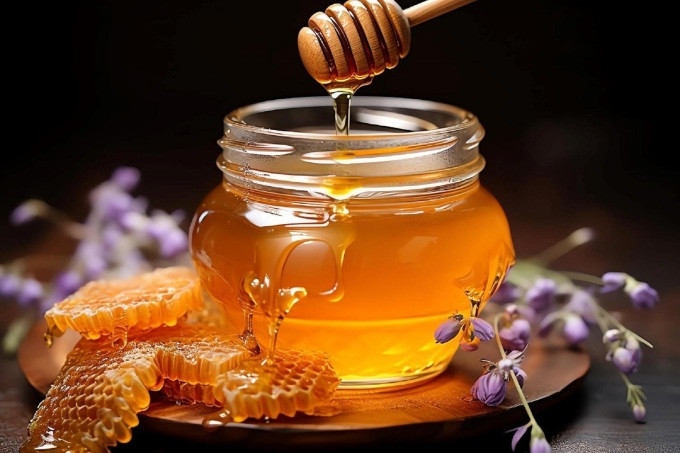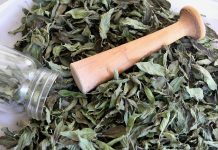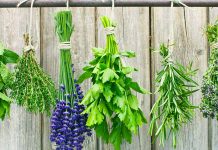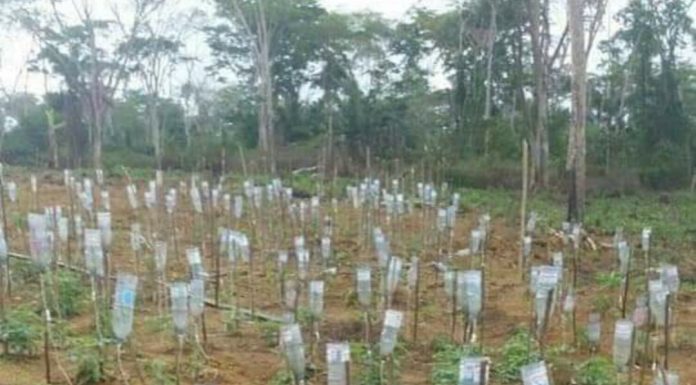Most of us have a jar of honey sitting in our pantry right now. If your honey came from the grocery store, it is probably smooth and clear – just as you would expect. But the honey industry is hiding a secret. There’s a high chance that your store-bought honey is fake. While fake honey usually includes some amount of real honey, it is often mixed with other corn, rice, or sugar cane syrup to reduce its cost. These fillers are far cheaper than raw honey and are used to produce more honey, quicker. In fact, up to 76% of honey sold in the US is not really honey, at least not entirely.
One of the key characteristics of real honey is the presence of pollen, which is also the source of honey’s many health benefits. Raw, unfiltered and unpasteurized honey contains vitamins, minerals and enzymes, whereas most of that is lost once honey becomes treated and filtered. It’s crucial to know where your honey is coming from and how it was processed if you, like many others, are interested in consuming more honey for its benefits.
The Benefits of Real Honey
While humans have been eating honey for thousands of years, the boom in natural and herbal remedies in today’s wellness industry has increased consumer interest in honey. Considered a superfood, honey has a host of benefits.
It is anti-inflammatory and a natural antibiotic that can be used on small cuts or scrapes.
Its high antioxidants can improve memory and slow cellular damage.
Honey can serve as a cough suppressant.
Honey can help you sleep as it increases insulin which becomes serotonin and then converts to melatonin.
Additionally, it can increase energy levels due to honey being nutrient dense with enzymes, vitamins and minerals.
One of the most interesting benefits of honey though, is that consuming local honey can help people who suffer from seasonal allergies. Eating local honey can improve antibodies because the honey contains trace amounts of local pollen. Therefore, it can help lessen seasonal allergy symptoms as your body acclimates to the pollen in your area.
These are all excellent reasons to eat more honey, but the key factor in achieving these benefits is consuming honey that is real. A great way to incorporate real, unfiltered honey into your diet is by buying local. Sweet Things & Wild Thyme is a local apiary that produces honey made by bees that roam many of the Hudson Valley’s fertile landscapes, aiding in the necessary pollination of countless flowers, trees, and crops. Their raw honey helps nourish the local ecosystem and is all natural. Unlike grocery store honey, the production of local honey helps increase regional pollination which contributes to bigger growth and more bountiful harvests. When bees contribute to the pollination of fruits and veggies, yields of these plants are estimated to grow by 70%. Local honey is not only delicious, it is also a key to our local agriculture.
Honey Thumb Test: Put a dab of honey on your thumb and see how it reacts. Honey that doesn’t keep its form and doesn’t spread or leak too much might be adulterated.
To do the water test, fill a glass with water and put in a single drop of honey. Instead of dissolving quickly like fake honey, real honey will sink to the bottom of the glass.
Flammability Test: Honey in its purest form can be ignited. To test the honey’s purity, just hold a lighted match over it. The increased moisture from polluted honey will cause the match to burn out quickly.










